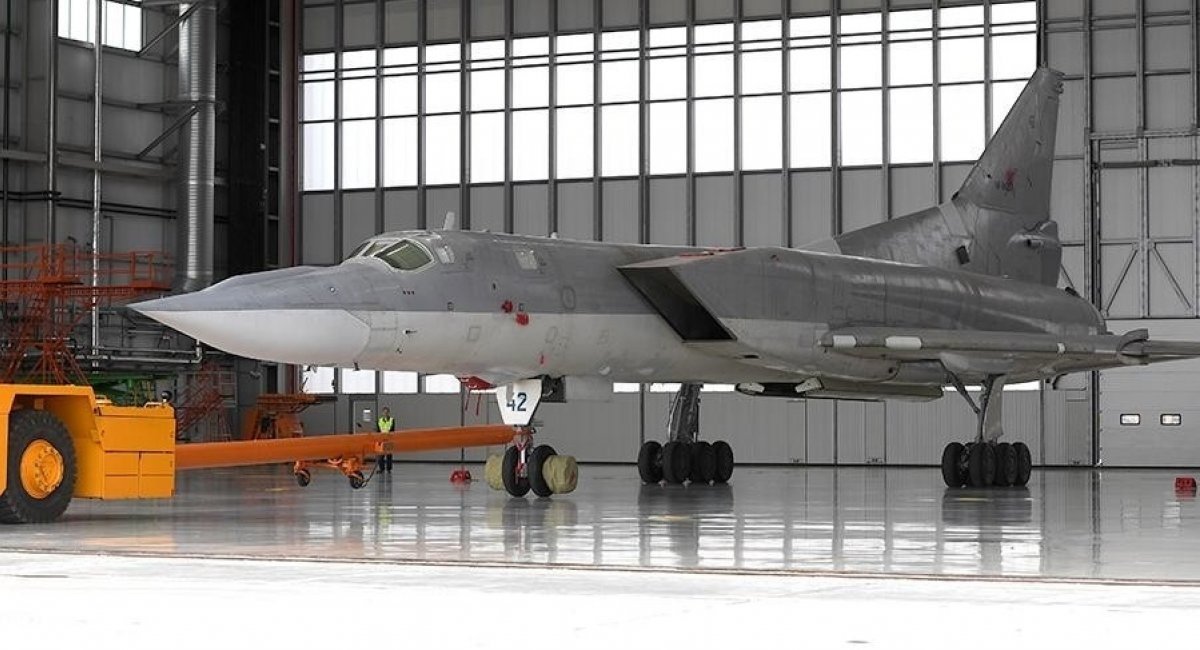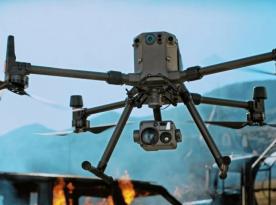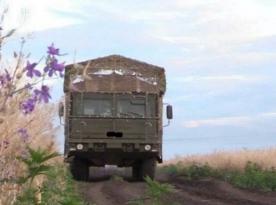A photo has appeared in open access, showing that the Kazan Aviation Plant in the russian federation has produced another copy of the modernized Tu-22M3M bomber, and it is ready to be handed over to the customer.
It seems that this will be only the second aircraft of this type in the ranks of the so-called russian Aerospace Forces, because the first and so far the only mention of the transfer of the Tu-22M3M bomber to the russian military dates back to 2018. But the most important detail in this story lies literally above the nose: according to russian propagandists, in a niche above the nose of this Tu-22M3M aircraft there is a retractable probe for refueling in the air.
Read more: What Are the Attack Drones Engaged For the russian Strike on Kherson Hospital
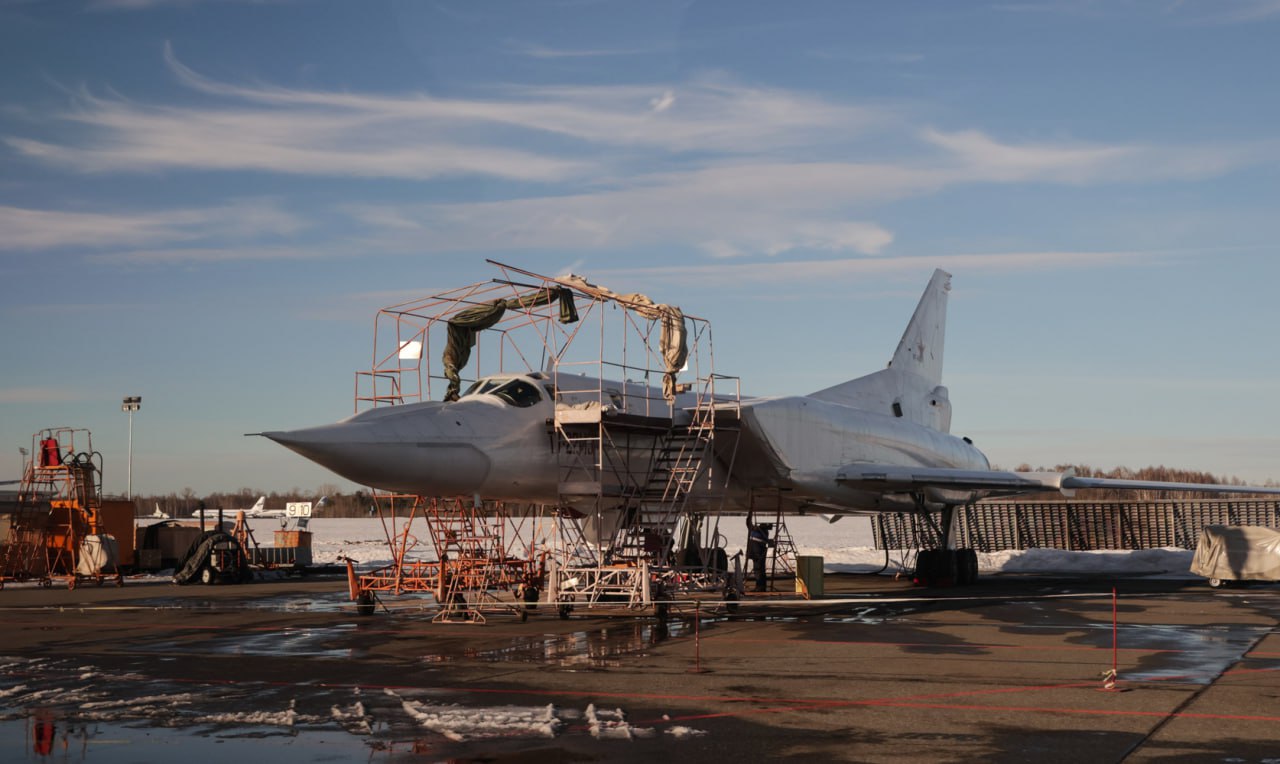
The russians do not say whether the first serial bomber of this modernization has such a probe-and-drogue system. But they claim that the integration of the aerial refueling system will supposedly increase the combat radius of the Tu-22M3M from a range of 1,850-2,400 km to almost 8,000 km.
The aerial refueling system was installed on Soviet Tu-22M2 bombers, and was dismantled as part of the Strategic Arms Reduction Treaty between the USSR and the USA. For the first time, the russians announced a plan to integrate a probe-and-drogue system for aerial refueling of the Tu-22M3M in June 2019. But there are no publicly available images showing the refueling process of this aircraft from the Il-78 refueling aircraft in flight.
However, the question of the combat characteristics of the russian Tu-22M3M and the level of its threat directly to Ukraine depends not only on the indicator of the combat radius, but also on the range of weapons that such an aircraft can use.

For example, the russians created the Tu-22M3M primarily for the use of the Kh-32 supersonic cruise missile, which is, in fact, a modified version of the Kh-22 missile. According to the Russians themselves, the Kh-32 compared to its "predecessor" has a more advanced liquid engine, a reduced warhead, and a radar homing head, which in total gives supposedly improved accuracy and an increased maximum flight range of up to 1,000 km.
But the nuance here is not only that during the entire time of the full-scale war, the russians used Kh-32 missiles in an extremely small number of episodes that do not show the real characteristics of this missile: according to Defense Express, for the first time (and only time) the occupiers used this cruise missile for the attack on Kramatorsk in May 2022; and British intelligence believes that it was the Kh-32 missile that the russians attacked the Amstor shopping center in Kremenchug on June 27 of last year.
To produce the "new" Kh-32, the russians need the old Kh-22, and the enemy has an estimated 150 such missiles left.
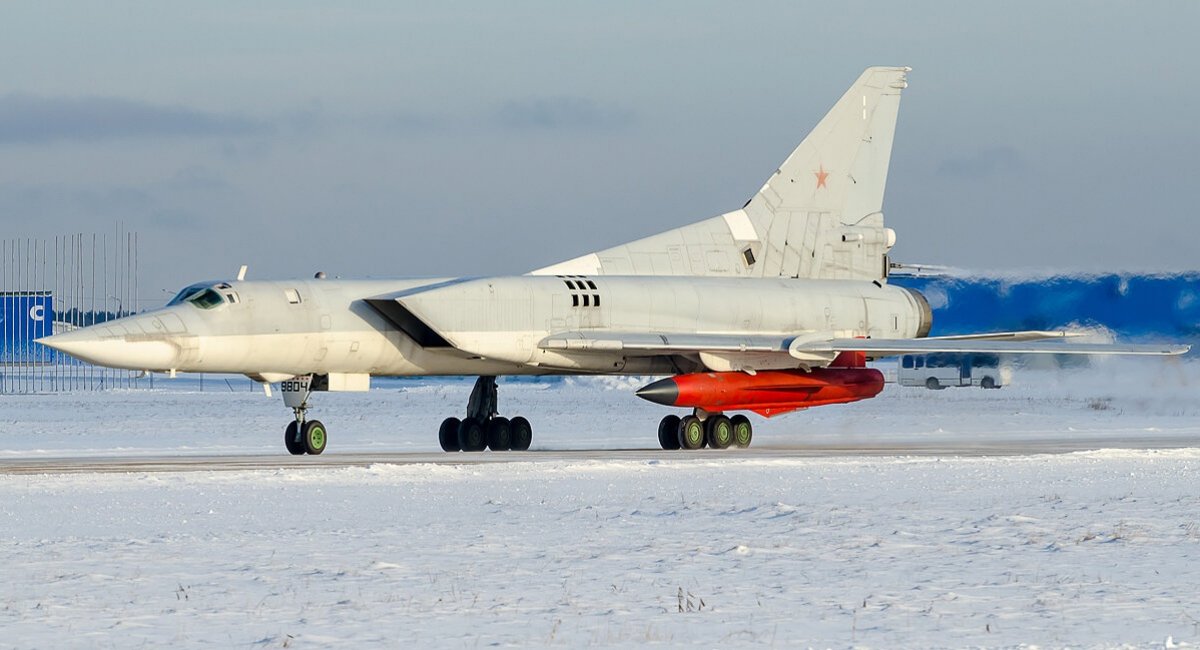
The Russians were going to integrate on the Tu-22M3M also one of the promising subsonic cruise missiles, which in theory still exists only "on paper", but everything may not be so simple here.
In December 2017, it became known that the Russian military-industrial complex is conducting work on the Kh-50 Orion cruise missile (which was also known under the designation "Izdelie 715"). The work was a continuation of Kh-SD (medium-range) project, which was suspended in the 1990s. The russians claimed that their Kh-50 missiale would have a launch range of up to 1,500 km, a hull length of 6 meters and a takeoff weight of 1,600 kg. On the renderings of the time, the Kh-50 looked like a reduced copy of the X-101 missile, but at the same time, the russians compared their Kh-50 Orion cruise missiles also with the X-59MK2, although it would seem that these two "products" have two different "niche" to be applied in.
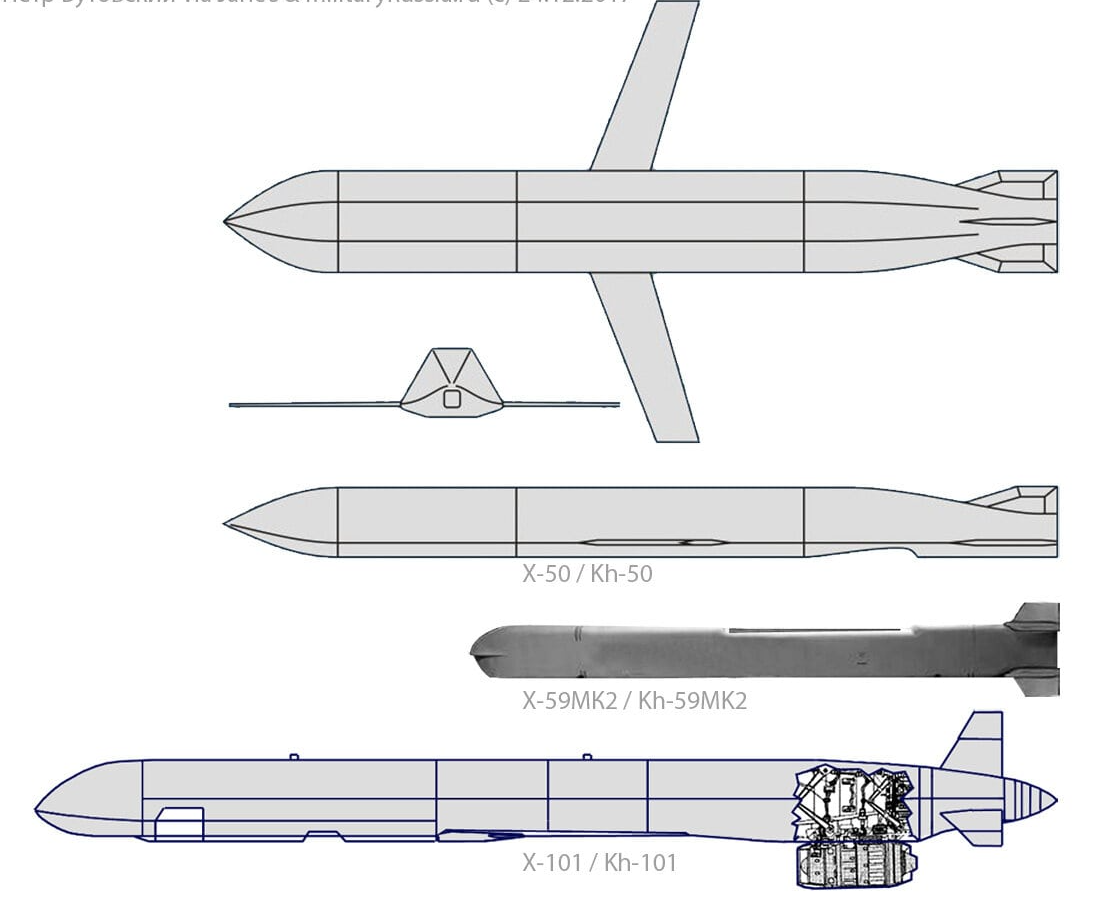
Russian propagandists even managed to state that one Tu-22M3M bomber will be able to take on board up to 6 Kh-50 missiles in the bomb bay and up to 2 missiles on the external pylons. In addition, it was also claimed that the procurement of such cruise missiles is provided for by the russia’s State Armaments Program for 2018-2027. Everything looked so that the russians would not have brought this project to the stage of "incarnation in metal", if not for one "but".
In February 2023, the Russians "lighted up" a cruise missile under the index "Izdelie 720", the characteristics of which are still unknown. Analysts of the International Institute for Strategic Studies (IISS) derived the genesis of "Product 720" from the Kh-69 missile. But it should not be ruled out that this is the result of the "mutation" of the Kh-50 project missile.
Special attention should be paid to such "Izdelie"s because the so-called russian Aerospace Forces have already used a "rocket-bomb" under the index "Grom-E1" on the basis of the Kh-38 missile at least once for strikes on Ukraine, although there were very few reliable data on the 'hybrid'.
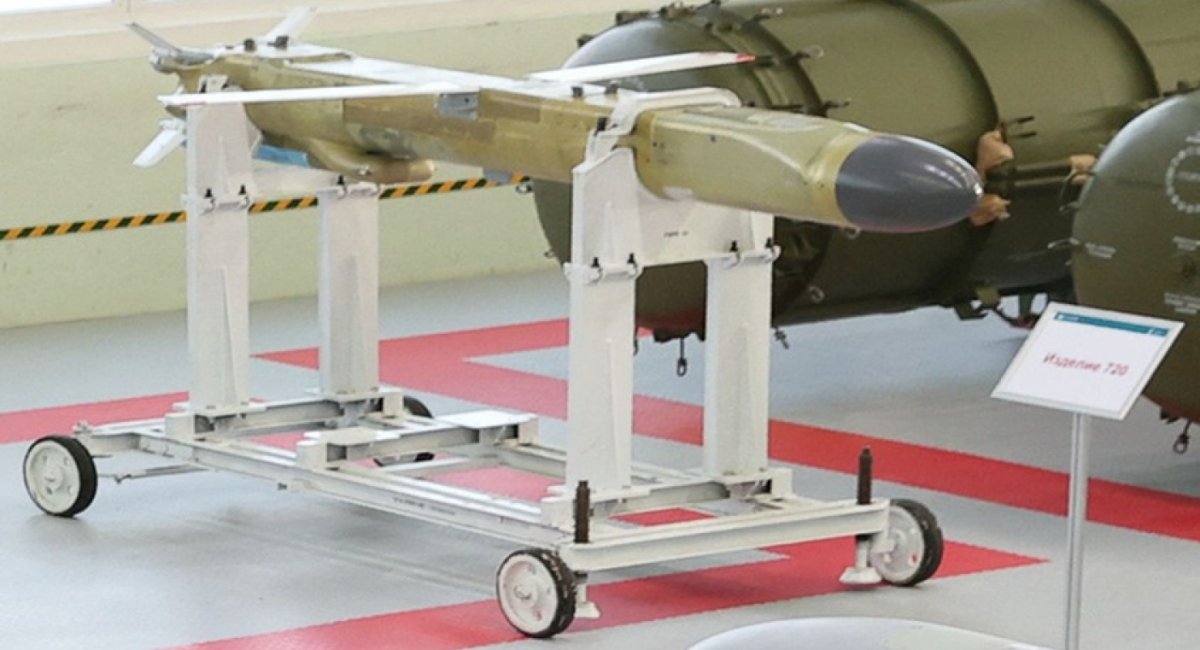
Read more: Chinese Drone With Western Electronic Components Shot Down Over Ukraine’s East




